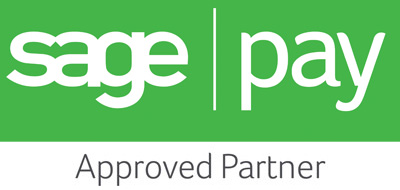Making On-site Search Work for You - Part 2
Welcome back to our in-depth look at on-site search functionality, how to do it well and how it can boost your other marketing activities. In part 1 we looked at the best practices for the search function, so now we turn our attention to what should happen when a user submits their search query.
We mentioned in the first part that the search box should always be at the top of the page, but there is one exception to this rule – 404 pages. In these cases the user has arrived at a page that no longer exists (or perhaps has had a URL change and the link hasn't been updated) so the search function should be right there in the centre under the 404 message. Encouraging the user to search for what they want can reduce bounce rates from 404 pages and keep users on your site.
On search results pages the search box should stay in its familiar location, and the rest of the page should use the standard template for your main pages. Having a different look for search results pages can be jarring for the user so keep everything consistent. The user's initial search term should be retained in the search box so they can easily refine or alter their query without retyping it (again, this is designed to keep users on your site even when they haven't found what they need the first time).
If there are no matches for a particular search term, but you know that relevant content exists on your website then you may need to look at how you are tagging content and using keywords on these pages. You'll also need to look at exactly how the search query is being performed and the breadth of the criteria for relevance. It's a balancing act between returning a decent number of results, and returning loads of barely relevant results just to return something at all.
Users who are interested in browsing everything in a particular category often use the site navigation, while searchers are looking for a much more specific result. One way of giving the user choice on how many search results they have to look at is to offer filters. That way, the user can refine their results by budget, popularity, date or any other relevant criteria.
We've talked a lot about how great site search benefits your website visitors, but what's in it for you (apart from increased sales)? The analytics data you can pull from your search function gives you a valuable insight into the desires of your customers. If you're getting a lot of searches for a product you don't stock, that's a good sign that there's a demand for it and you should be selling it. You can also look at the search terms and keywords being used, as these could be a game changer for your Search Engine Marketing and for your blog content; the exact terms your website visitors use might not be the same as the ones you use.
If you're convinced that you need to add search functionality to your site, or it's clear that you need to improve it, we're the team to help you search your own way through to a better website user experience, and more sales.
